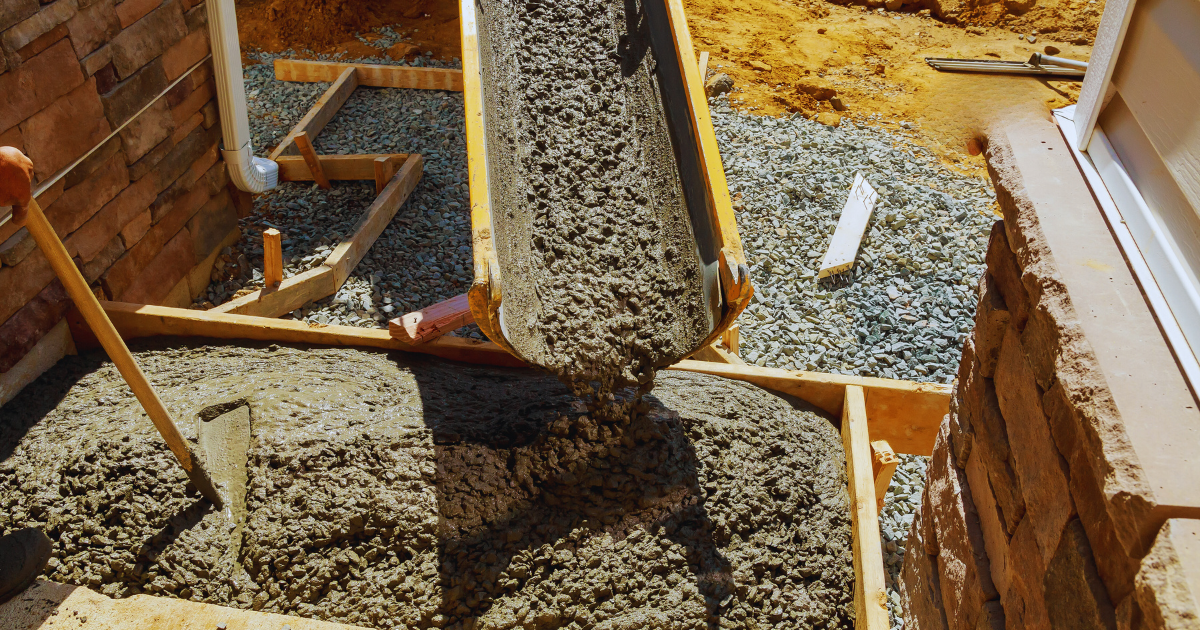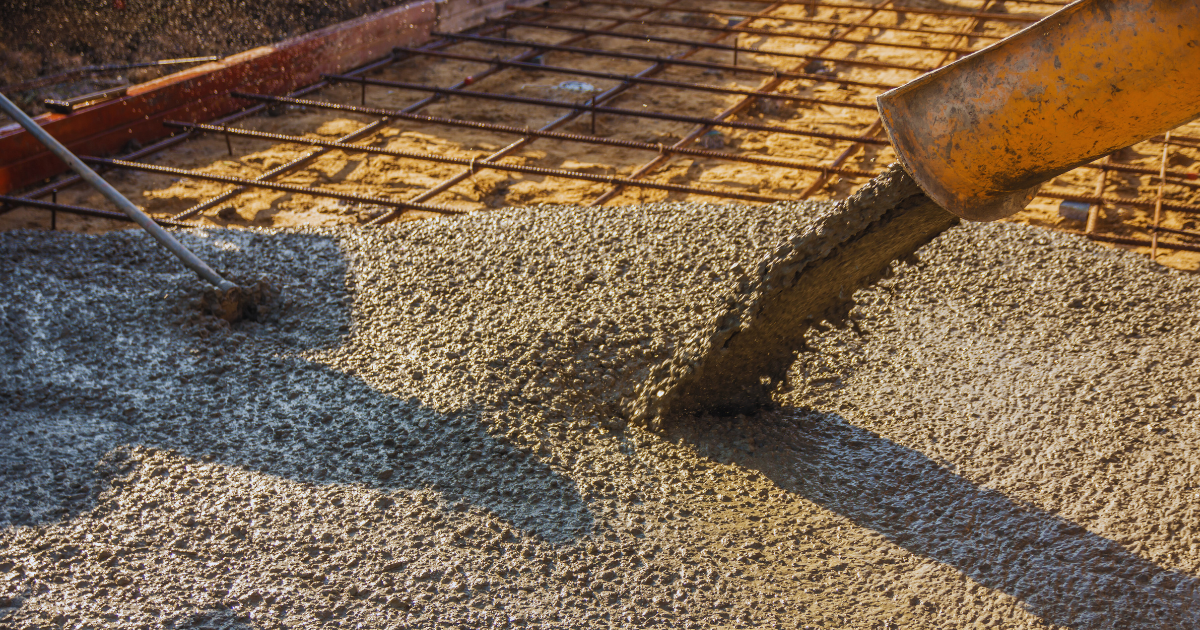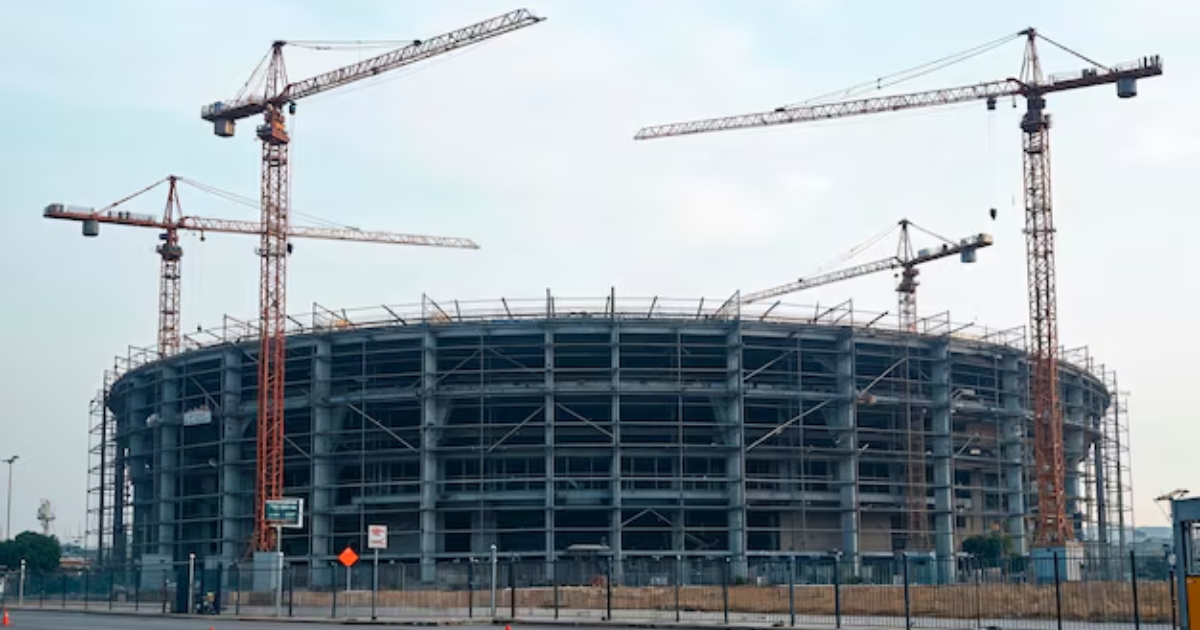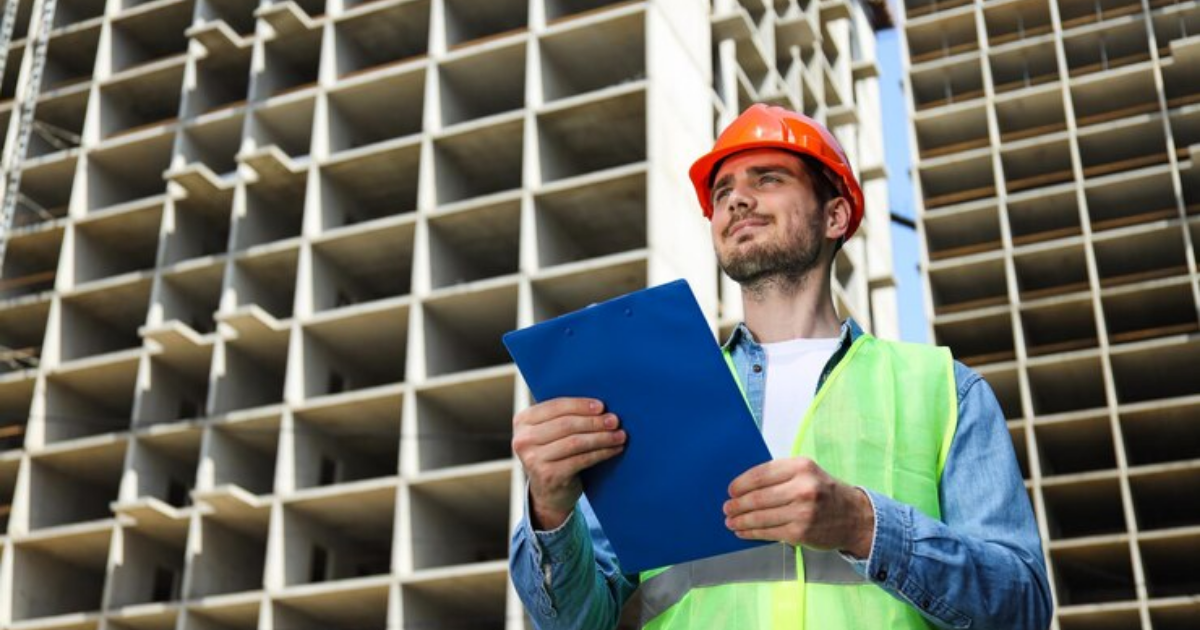Concrete is an essential building material used in construction projects worldwide. One of the critical aspects of working with concrete is understanding its setting time. Concrete setting time refers to the period required for concrete to transition from a fluid state to a solid state. This blog will explore the factors that influence concrete setting time and its significance in construction.
What is Concrete Setting Time?
Concrete setting time is the duration it takes for concrete to harden and gain initial strength. It is a crucial phase in the concrete curing process, as it determines when the concrete can bear loads and be worked upon further. Setting time is divided into two stages:
- Initial Setting Time: This is the period when the concrete starts to stiffen and lose its plasticity. It is the time from mixing the concrete until it can no longer be easily worked or molded. The initial setting time is essential for finishing operations like smoothing and leveling the surface.
- Final Setting Time: This is the time when the concrete has hardened enough to support its weight and other loads. The final setting time marks the point when the concrete has fully transitioned from a liquid to a solid state.
Understanding and controlling concrete setting time is vital for ensuring the quality and durability of the finished structure.
Factors Influencing Concrete Setting Time
Several factors influence concrete setting time, including environmental conditions, mix proportions, and the use of admixtures. Let’s delve into these factors in detail.
1. Environmental Conditions
Temperature: Temperature is one of the most significant factors affecting concrete setting time. High temperatures accelerate the setting process, while low temperatures slow it down. In hot weather, concrete can set too quickly, leading to insufficient time for proper placement and finishing. Conversely, in cold weather, concrete can take too long to set, delaying construction schedules and increasing the risk of freeze-thaw damage.
Humidity: Humidity levels also impact concrete setting time. High humidity can slow down the evaporation of water from the concrete mix, prolonging the setting time. Low humidity, on the other hand, can lead to rapid water loss and quicker setting times.
Wind: Wind can accelerate the evaporation of water from the concrete surface, leading to faster setting times. In windy conditions, it’s essential to take measures to prevent rapid drying and potential cracking.
2. Mix Proportions
Water-Cement Ratio: The water-cement ratio is a critical factor in determining concrete setting time. A higher water-cement ratio leads to slower setting times, as there is more water to evaporate. A lower water-cement ratio results in faster setting times but can make the mix more challenging to work with.
Cement Type: Different types of cement have varying setting times. For instance, rapid-hardening cement sets faster than ordinary Portland cement. The choice of cement type depends on the specific requirements of the project and environmental conditions.
Aggregates: The type and size of aggregates used in the concrete mix can influence setting time. Larger aggregates can create more voids, leading to faster setting times, while finer aggregates result in slower setting times.
3. Use of Admixtures
Admixtures are chemical additives used to modify the properties of concrete. They can significantly impact concrete setting time. Some common admixtures that affect setting time include:
Accelerators: Accelerating admixtures speed up the setting time of concrete, making it ideal for cold weather conditions or when a quick turnaround is needed.
Retarders: Retarding admixtures slow down the setting time, providing more time for working with the concrete in hot weather or large-scale projects.
Plasticizers: Plasticizers improve the workability of concrete without affecting the setting time. They help in achieving the desired consistency and ease of placement.
Importance of Concrete Setting Time
Understanding and controlling concrete setting time is crucial for several reasons. Let’s explore the importance of concrete setting time in construction.
1. Workability and Finish Quality
Concrete setting time directly impacts the workability of the mix. Adequate setting time allows workers to place, compact, and finish the concrete surface properly. If the setting time is too short, it can lead to rushed work, poor finishing, and potential defects in the surface. On the other hand, a longer setting time provides ample opportunity for achieving a smooth and even finish.
2. Structural Integrity
The setting time of concrete affects its early strength development. Properly timed setting ensures that the concrete gains sufficient strength to support its weight and any applied loads. Premature loading or disturbing the concrete before it has adequately set can compromise its structural integrity, leading to cracks and other forms of damage.
3. Construction Schedule
Construction projects often operate on tight schedules. Understanding the concrete setting time helps in planning and coordinating various stages of the project. For instance, knowing when the concrete will set allows for timely removal of formwork, scheduling of subsequent construction activities, and overall project management.
4. Weather Adaptability
Concrete setting time is crucial in adapting to different weather conditions. In hot weather, measures such as using retarders or cooling the concrete mix can be employed to extend the setting time. In cold weather, accelerators and protective measures can be used to ensure proper setting and curing. Adapting to weather conditions ensures the quality and durability of the concrete structure.
5. Reducing Cracks and Shrinkage
Proper setting time helps in reducing the risk of cracks and shrinkage in the concrete. Rapid setting can lead to uneven drying and shrinkage, resulting in surface cracks. By controlling the setting time, the concrete can cure evenly, reducing the likelihood of cracks and enhancing the overall durability of the structure.
Techniques to Control Concrete Setting Time
Controlling concrete setting time involves a combination of mix design, environmental adjustments, and the use of admixtures. Here are some techniques to manage setting time effectively:
1. Adjusting Mix Proportions
Modifying the water-cement ratio and using different types of cement can help in controlling the setting time. For instance, reducing the water-cement ratio and using rapid-hardening cement can accelerate the setting time.
2. Using Admixtures
Admixtures such as accelerators and retarders are commonly used to control setting time. Accelerators speed up the setting process, while retarders slow it down. The choice of admixture depends on the specific requirements of the project and environmental conditions.
3. Temperature and Humidity Control
Maintaining optimal temperature and humidity levels during the curing process can significantly impact setting time. In hot weather, measures such as shading, misting, and using cold water in the mix can help in controlling the setting time. In cold weather, using warm water and covering the concrete with insulating blankets can prevent delays in setting.
4. Proper Placement and Finishing
Ensuring proper placement and finishing techniques can also influence setting time. Rapid placement and adequate compaction help in achieving a uniform setting throughout the concrete structure.
Conclusion
Concrete setting time is a critical aspect of construction that significantly impacts the quality, durability, and success of a project. Understanding the factors that influence setting time and employing techniques to control it are essential for achieving optimal results. From mix proportions to environmental conditions and the use of admixtures, various elements play a role in determining how quickly concrete sets.
Hindustan Infrastructure exemplifies excellence in managing concrete setting time, providing top-notch concrete pump services and ready mix concrete across the Ahmedabad-Gandhinagar region. Their commitment to quality and innovation ensures that they remain at the forefront of the construction industry.







